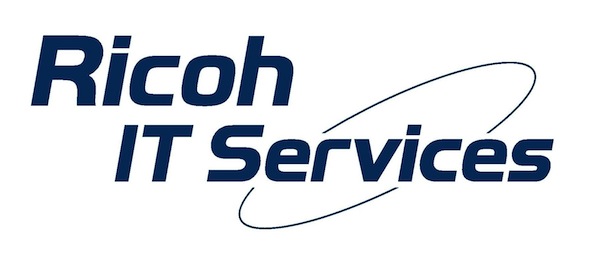Many corporate organizations faced various challenges today. These include the rising costs of running businesses, currency issues, having to maximise the resources at hand to achieve desired efficiency and effectiveness. This also applies to the area of talent management and Human Resources. Businesses have to utilise technology to drive the effectiveness of its employees and the efficiency of processes set into place. In this regard, businesses at large are always in search of avenues to ‘get ahead’ of the competition in competitive environments such as Malaysia.
At the same time, the work styles of businesses are generally changing. As greater amounts of information are being digitised, the use of smart devices and tablet PCs have been rapidly spreading. As a result, communication media are diversified and the cost for information sharing has been drastically dropped. The use of cloud computing is beginning to take hold and organizations use diverse ways to generate, store, search and use information.
In this regard, the needs of the organizations, particularly in regards to IT solutions and resources have become more demanding. The pace of change in today’s IT environment is unprecedented, and keeping up with the multitude of new developments in hardware, software, and infrastructure can be overwhelming. Also closely tied with IT, another area that is rapidly becoming a business fundamental is Network Support. It has become a strategic imperative that organizations must take note of because network performance has a direct effect on profitability and customer service.
Adding new technology and getting the most from the IT investment is an important objective in most industries. Whether the technology is hardware or software, it is vital for organisations to choose the best solutions for specific needs and stay at the leading edge of technology developments.
Sure, some organizations, especially large-scale organizations such as MNCs have their own built-in IT departments. Others however, do not. For many organizations, IT matters and support are typically relegated to either a single person or at most a very small team (three to five people). In this case, there may be limited resources to keep up with new developments.
On the other hand, good IT personnel are in high demand. Positions are now more expensive to fill than ever before in this environment of generally low unemployment. It is also more expensive to retain a high-quality IT staff in a competitive market, which puts many organisations in the uncomfortable position of continuously training IT administrators and other support staff.
One quick but highly effective fix in this regard is outsourcing.
An emerging trend of large organisations is to outsource IT and network support functions but SMEs generally do not pursue the same strategy. Large companies do this to gain critical advantages in cost efficiency, end-user productivity, and network uptime.
Although proven to be an effective strategy, outsourcing is, however, still not a popular option for many businesses. According to Ricoh (Malaysia) Sdn. Bhd. Chief Operating Officer, Mr. Peter Wee, one major challenge is getting business leaders and decision makers to understand the rewards of outsourcing, which are well worth the cost.
“In business, it is critical to maximise the value of resources. Expanding time, energy, money and person-hours on non-core IT activities necessarily diverts resources that would otherwise be used to serve customers, meet strategic objectives, or develop new offerings. Sometimes outsourcing is less about cost savings and more about strategic growth,” he explains.
Mr. Wee highlights that there are major benefits of IT outsourcing, especially for network services. Besides delivering critical competitive advantages, outsourcing also enables businesses to reallocate resources and reduce operating expenses.
As an example, Mr. Wee explains, “Let’s consider two competing organizations – one that outsources its network support and one that maintains the network internally. If a same virus hits both exactly the same time, one will have this virus detected by its managed security services team, and the other will not. The first company will feel no negative impact – the item will appear on a periodic report of network activity. The second company however, will almost certainly lose critical data, lose productivity, and lose time spent eradicating the virus – which will inevitably take longer to accomplish than if the company had an outsourcing partner.”
Mr. Wee goes on to highlight that some of the more important outsourcing services Ricoh (Malaysia) Sdn. Bhd. has provided to businesses include hardware management, document output, asset management, remote monitoring, managed security, remote maintenance, and software asset management.
“Having worked with many organizations, we recognise the different needs of businesses from the prices organizations can afford to the services they need to the delivery model which will best match the organizations workflow. This enables us to employ a completely tailored but truly holistic approach to working together with organizations,” he says.
He elaborates that many organizations are conscious of the fact that technology can provide competitive advantage but often may not have the investment capital to tap on cutting edge offerings. In this regard, Ricoh (Malaysia) Sdn. Bhd. works has vast experience to truly understand its clients intuitively.
“The common ground makes it easier to establish a strong working relationship and determine the right services for an organisation. With our certified personnel, organizations get peace of mind when buying our services,” he reiterates.
Indeed, when it comes to IT, the future is seeing a shift from “owning equipment” to “using services” and outsourcing has clearly proven to be a step forward in the right direction.
*Article was provided by Ricoh Malaysia SDN BHD
Follow us on Instagram, Facebook, Twitter or Telegram for more updates and breaking news.



